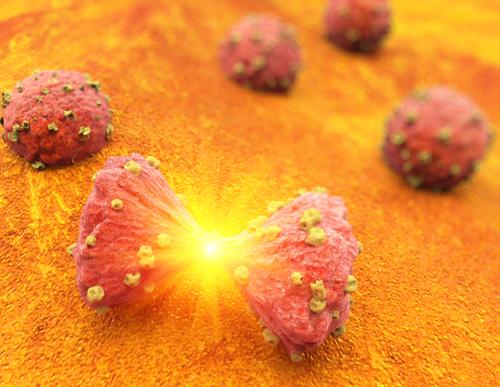
Nearly 70 compounds, including approved drugs and those still under clinical and preclinical investigation, may have potential activity against severe acute respiratory syndrome coronavirus 2 (SARS-CoV-2), the causative agent of coronavirus disease 2019 (COVID-19), a new study has found.
“We are currently testing these compounds for antiviral activity and encourage others to do the same as well as extract insights from the map that could have therapeutic value,” the researchers said. The study, released online on 22 March 2020, is a preprint pending peer review.
Honing in on human cell proteins that come into physical contact with the virus, the researchers found 332 high-confidence protein-protein interactions (PPIs). Many of these prey proteins turned out to be enriched in lung tissues relative to the average proteome. [bioRxiv 2020;doi:10.1101/2020.03.22.002386]
Not only does this provide more evidence that SARS-CoV-2 optimally targets the lungs, but this level of tissue-specific expression may also “facilitate the drug targeting of host factors with fewer systemic side-effects,” the researchers pointed out.
Sixty-nine potential agents were identified through pathway analyses and by drawing from chemoinformatic databases. Twenty-eight of these small-molecule compounds were preclinical candidates and 19 were classified as investigational new drugs undergoing clinical study. The remaining 27 were already approved by the US Food and Drug Administration, indicated for other purposes.
These 69 agents map onto 66 human targets out of the 332-protein network, several of which interact in mechanistically interesting ways. Bafilomycin A1, for example, is known to inhibit the prey protein V1-ATPase, which may disrupt cellular trafficking pathways and, in turn, the viral life cycle.
The anticonvulsant valproic acid, on the other hand, is able to block the action of HDAC2 (histone deacetylase 2), a well-known epigenetic regulator that plays a role in suppressing the expression of inflammatory genes in the lungs.
The chemoinformatic analysis also revealed compounds that acted indirectly, targeting intermediaries between human cell-virus binding or central proteins in pathways that govern such linkages.
“It is important to note that pharmacological intervention with the agents we identified in this study could be either detrimental or beneficial for infection,” the researchers cautioned.
“Future work will involve generation of protein-protein interaction maps in different human cell types, as well as bat cells, and the study of related coronaviruses,” which should allow for a better understanding of cross-species transmission and viral evolution, they added.
“Targeted biochemical and structural studies will also be crucial for a deeper understanding of the viral-host complexes, which will inform more targeted drug design,” the researchers said.
The 332-protein network also uncovered important aspects of the SARS-CoV-2 biology. The virus, for instance, targets human proteins involved in DNA replication, gene expression, signalling, RNA regulation, as well as cytoskeletal, mitochondrial and extracellular matrix proteins.
Of note, several prey proteins were players in the innate immune pathway, including the TANK-binding kinase 1 and multiple modulators of the NF-ĸB signalling pathway.
“Although host-directed therapy is often not explored for combating pathogenic infections, it would be interesting to use this information to identify host factors that could serve as targets that would harbour pan-pathogenic activity so that when the next virus undergoes zoonosis, we will have treatment options available,” the researchers said.